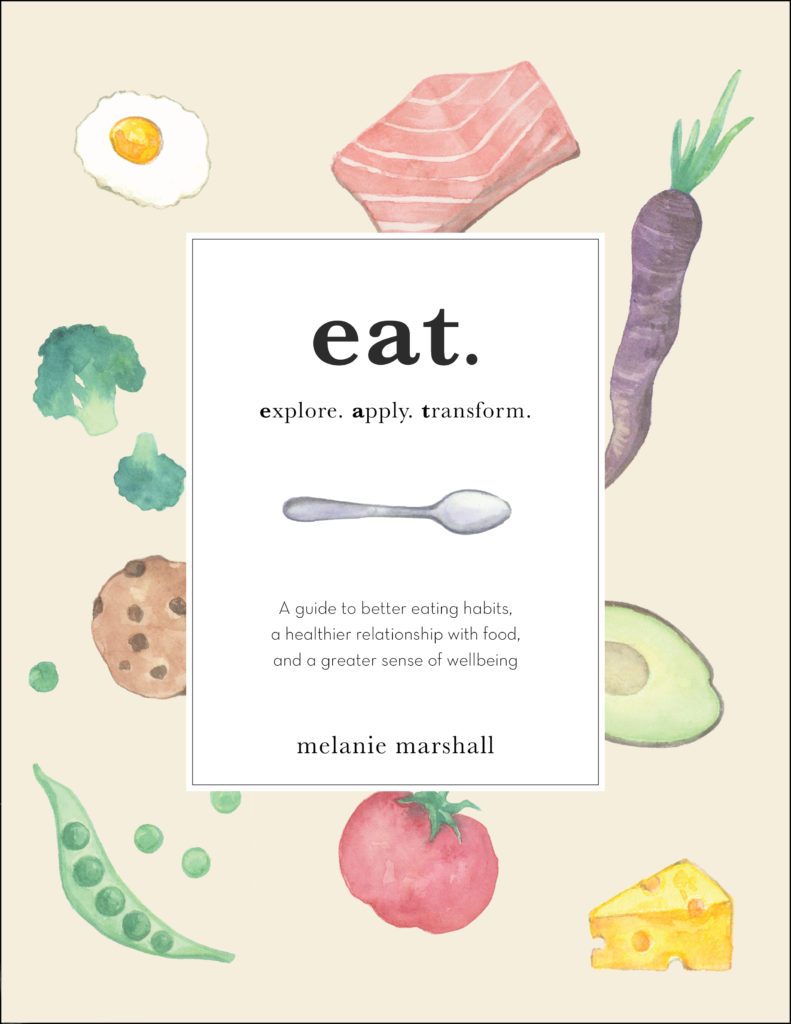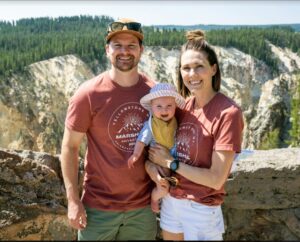Recipes Worth Making
I’ve made this recipe a few times now. It’s one of those dishes that’s almost better the next day. The flavors just do something magic overnight. You can use any assortment of veggies. I like peppers, zucchini, carrots, and either spinach or kale. I thought it could benefit from more vinegar or lime juice, so I added another teaspoon or two at the end. Served over a bed of jasmine, brown, or coconut rice. So tasty!
I’m not a huge fan of super cheesy dishes, but every now and again I get a craving for spinach artichoke dip. This recipe always hit the spot. I like it best on toasted baguette slices (1/2 inch slices brushed with olive oil and baked at 400 degrees for ~8 minutes, flip halfway). Next best option would be tortilla chips. I’ve used fresh spinach the times I’ve made it as that’s what I had on hand. Just sauté the spinach for a few minutes and squeeze out the excess moisture.
This has become my go-to guacamole recipe. Super quick and easy, and everyone I’ve made it for seems to love it. I’ve tried using both red and white onion. I think I prefer it with white onion. I never measure my cilantro but would guess I use more than the recommended 3 tablespoons. I like a lot of cilantro! I’ve made it with and without the tomatoes. It’s good both ways. Though, I think I like the no-tomato version better when I’m eating it alongside chips and salsa, especially red salsas. Always use fresh lime juice! It actually makes a difference. And if you have time, make the guac a couple hours in advance. It still tastes good if you eat it right away, but the garlic and onion are less pungent if you let the guac sit for a few hours. I think the overall flavor is better too, though the difference is very subtle.
I LOVE hummus! It’s one of those foods I could eat everyday. I think I did eat it everyday for a long time at one point of my life. I’ve tried all the variations of hummus and my favorite is the simplest version–garbanzo beans, tahini, lemon juice, garlic, salt, and sometimes a sprinkle of cumin. I could eat hummus on just about anything. It’s a spread that can elevate the flavor and enhance the mouthfeel of so many different foods. At least I think so. My husband begs to differ. This recipe yields super smooth hummus without having to peel off the chickpea skins. A 20 minute boil makes the chickpeas extra soft, which helps them break down into a silky smooth purée. Overall, it’s a fairly quick process that results in much tastier and cheaper hummus than you can get at the store.
This soup is packed full of veggies. It’s another one of those recipes that can be adapted based on the veggies you have on hand. I made it with squash, zucchini, carrots, sweet potato, and spinach. The quinoa breaks down quite a bit and gives the soup almost a creamy texture. I thought it was good this way but might try adding precooked quinoa at the end (once the vegetables are soft) next time so the quinoa keeps more of its crunch. When the quinoa is cooked directly in the soup, it absorbs a lot of the liquid so you get more of a stew. Again, really tasty. Just curious to know how it would turn out if you cook the quinoa separately.
Always looking for tasty, healthy breakfast options for Ava. These oats were a hit! Ava loved them and I thought they were so tasty I’ve been making them for myself. Be warned, this dish can be quite messy. Ava is still learning how to use a spoon, so she and my floor were covered in chia seed oatmeal by the time breakfast was over. Chia seeds can be a sticky mess but they are so nutritious I’ll gladly suffer through the cleanup if Ava is willing to eat them:)
Air Fryer Salmon
No specific recipe I follow on this one. I typically buy the prepackaged frozen salmon filets from Costco. I cook straight from frozen and they turn out flaky and tender. Just drizzle with a little bit of olive oil, sprinkle on some seasonings (I like garlic salt + paprika), and cook on the fish setting. My air fryer’s fish setting is 400 degrees for 10 minutes. I’ll usually bump the time up to 12-13 minutes depending on the thickness of the salmon filet. So quick and easy and can be served with just about any side dish! This is always my fallback option when I don’t have something planned for dinner.
Other recipes I’ve made recently:
I didn’t love this as a soup. The texture was a bit too thick. I could have added more liquid but felt it would have diluted the flavor of the soup. I thought it had good flavor so I saved the leftovers and used it as a dip for chips and as a topping for vegetarian tacos. I think I’ll use the recipe again with a few tweaks for vegetarian tacos. Stay tuned.
One Pan Thai-Inspired Coconut Yellow Curry Chicken & Rice
Still deciding whether I’ll give this recipe another try. I used chicken breast instead of thighs as that’s what I had in my freezer. The chicken turned out pretty dry and flavorless. I would recommend using thighs as they are more flavorful than breasts and much more forgiving if overcooked. I thought the flavor of the rice and veggies was just ok the first night we ate it. If you asked me then if I’d make the dish again, my answer would have been no. The leftover rice, however, was quite tasty. I feel like some dishes are just better as leftovers. If I make this recipe again, I’ll use chicken thighs and maybe throw in a few chopped dates or raisins.
Ideas Worth Considering
Rich Roll: Francois D’haene
Diversify your identity so that when change comes and a part of your identity is lost, you don’t lose your entire self.
Source: The Rich Roll podcast (episode 709)
Dan Harris: Maya Shankar
You attach yourself to things in the world to maintain a sense of security. Psychologists refer to this phenomenon as identity foreclosure, which is when you commit to a specific identity and fail to maintain an exploratory mindset.
Change poses a threat to your identity. When things change you often relinquish a certain identity. It’s painful and disorienting to navigate a loss of identity.
Cultivate a malleable sense of self by getting rid of labels and working to identify as a person who aspires to navigate change well.
To build a more durable, stable identity, avoid attaching to your pursuits. Rather, attach your identity to the traits of your pursuits that make you light up (e.g., thirst for human connection, seeing impact, witnessing self growth, etc.). Then, if circumstances change, you can at least find other pursuits that share those same underlying traits.
Your pursuits may seem disparate and disconnected on the surface but they tend to have similar underlying traits.
Tips for navigating or dealing with change:
Set small, reliable, daily rituals. This is important because when you lose stability it can feel nice to center yourself in these moments that do feel like they are within your control. We, as humans, are never going to lose the desire to have control, so we need to learn to work within our constraints. These moments convince your brain that there is still some sense of normality despite change and instability.
Seek out awe-inspiring moments and beauty. Feelings of awe and beauty allow you to distance yourself from your ego and individual identity and feel things that extend beyond your own needs, wants, and anxieties. In these moments, you see the world as bigger than you and contextualize yourself within it. These experiences are healing and perspective-giving.
Source: Ten Percent Happier podcast (episode 466)
Reflections
For as long as I can remember, my identity has been wrapped up in labels: student, athlete, friend, wife, smart, perfectionist, anxious, reserved…the list goes on. In 2014, I acquired a new label–RD (registered dietitian). I worked hard to attain this label as I believed becoming a dietitian would help me overcome feelings of inadequacy surrounding my knowledge.
Years of unrealistic expectations set by myself and society led me to feel that what I knew was never enough. Past experiences at home, school, and in the workplace led me to feel a sense of shame for not having all the answers; for saying “I don’t know” or, worse, providing incorrect answers. I came to view gaps in my knowledge as a major weakness.
Little did I know, attaining the RD label would only cause my feelings of inadequacy to grow. This credential deemed me a nutrition expert, which added even more pressure to have all the answers and the potential for greater scrutiny.
The suffering caused by this experience was the impetus for a years-long journey of deep introspection. So far, I’ve come to know this: Not having all the answers is not a limitation, it’s an opportunity for growth. I’ve learned there is value in what you know, but it doesn’t define you. There will always be more to learn, and that’s the beauty of it all. To learn is to grow, and growth is the essence of life.
I suppose if there’s one label we could all benefit from holding onto, it’s student. To identify as a student keeps us humble in our knowledge and receptive to new ideas and perspectives.
Here’s to letting go of labels; at least those that are impeding my growth.



